Non-Polar Ceramic Capacitors Overview
A Non-Polar Ceramic Capacitor is a versatile passive component used to store and release electrical energy. Unlike polarized electrolytic capacitors, these non-polar units have no positive or negative lead, making them ideal for AC circuits, signal coupling, decoupling, timing, and high-frequency applications. Ceramic capacitors are valued for their low cost, reliability, and compact size.
Key Features of Non-Polar Ceramic Capacitors
- Non-polar design: Safe for use in AC and DC circuits without worrying about polarity.
- High voltage rating: Available in options suitable for demanding power and industrial systems.
- High-frequency performance: Stable behavior in RF circuits, communication devices, and filtering networks.
- Temperature stability: Ceramic dielectric provides consistent capacitance and low drift across operating temperatures.
- Durable and reliable: Robust construction for long-term use in consumer and industrial electronics.
- Small form factor: SMD and compact thru-hole sizes for modern PCB layouts and space-sensitive designs.
Typical Specifications
- Capacitance range: typically pF to nF (product-specific values may vary)
- Voltage ratings: standard and high-voltage options available
- Dielectric types: C0G/NP0, X7R, X5R and other temperature-stable ceramics
- Package types: SMD (0805, 0603, 0402, etc.) and radial/thru-hole
- Tolerance: common tolerances include ±5%, ±10%, ±20%
Applications for Non-Polar Ceramic Capacitors
- RF and communication circuits: Bypass, coupling, and tuning in radios and transmitters.
- Power supply systems: Decoupling and filtering to smooth voltage and reduce noise.
- Electronics prototyping and hobby projects: Affordable and reliable for DIY circuit builds.
- Filtering applications: Noise suppression in analog and digital systems.
- Power electronics: Support in converters and motor drives where high-voltage stability is required.
Benefits of Using Non-Polar Ceramic Capacitors
- Works in both AC and DC without polarity limitations.
- Provides stable high-frequency performance for communication and RF equipment.
- Offers long-term reliability with minimal maintenance.
- Compact sizes enable dense PCB designs and modern miniaturized electronics.
- Cost-effective solution for large-volume manufacturing and prototyping.
How to Choose the Right Non-Polar Ceramic Capacitor
Selecting the correct capacitor requires balancing capacitance, voltage rating, dielectric type, package size, and tolerance. Use the following checklist:
- Determine the required capacitance and tolerance for the circuit function (bypass, coupling, timing).
- Choose a voltage rating that exceeds the circuit’s peak voltage for safety margin.
- Select a dielectric (C0G/NP0 for best stability; X7R/X5R for higher capacitance in compact packages).
- Pick the appropriate package (SMD for compact designs; thru-hole for prototyping or high-power leads).
- Consider temperature and aging characteristics if operating in extreme environments.
Installation Tips and Best Practices
- Place decoupling capacitors as close as possible to IC power pins to reduce noise and loop area.
- Use multiple capacitors of different values in parallel to cover a wide frequency range.
- Follow PCB manufacturer recommendations for solder pads and thermal relief for SMD parts.
- Observe proper cleaning and handling to avoid contamination or mechanical stress.
Order Information and Delivery
Buy Non-Polar Ceramic Capacitors today for reliable performance in high-frequency, high-voltage, and temperature-sensitive applications. We stock a range of SMD and thru-hole ceramic capacitors suitable for hobbyists, engineers, and industrial customers. Order now for fast delivery in Islamabad and dependable global shipping options.
Note: Images are for illustration purposes only.

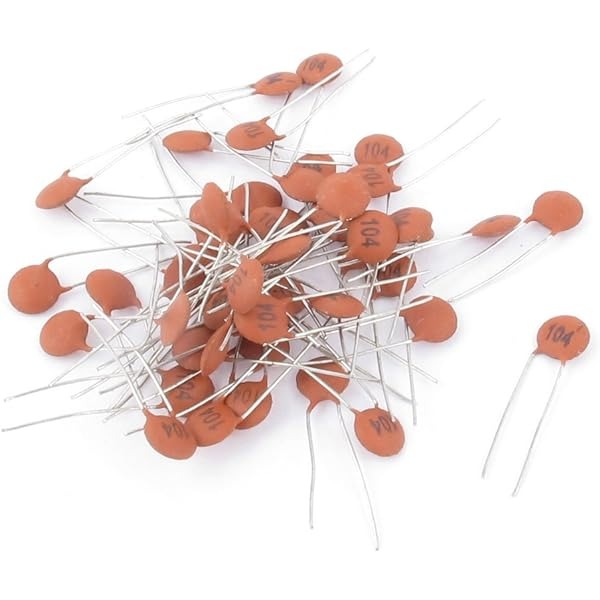
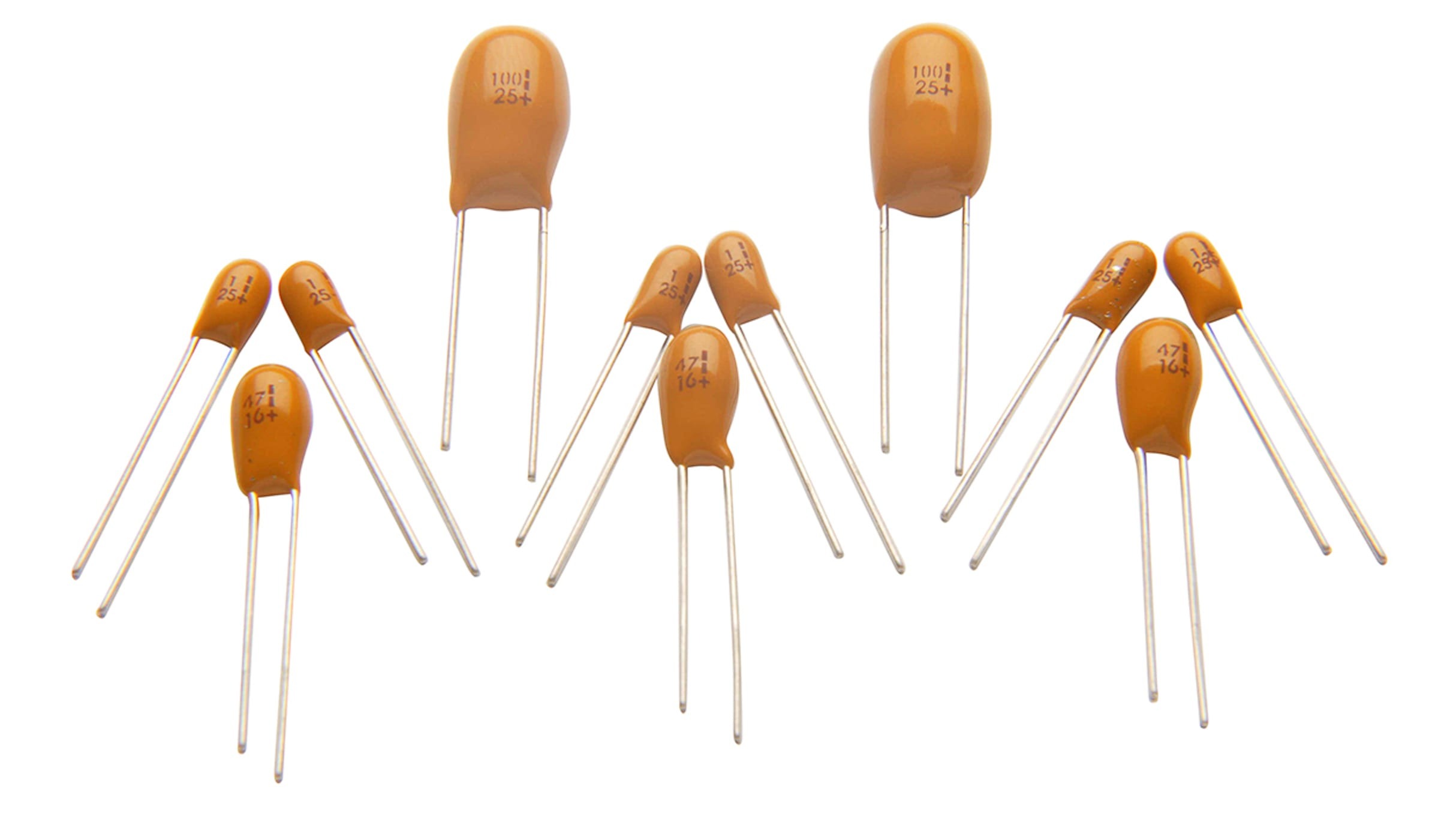
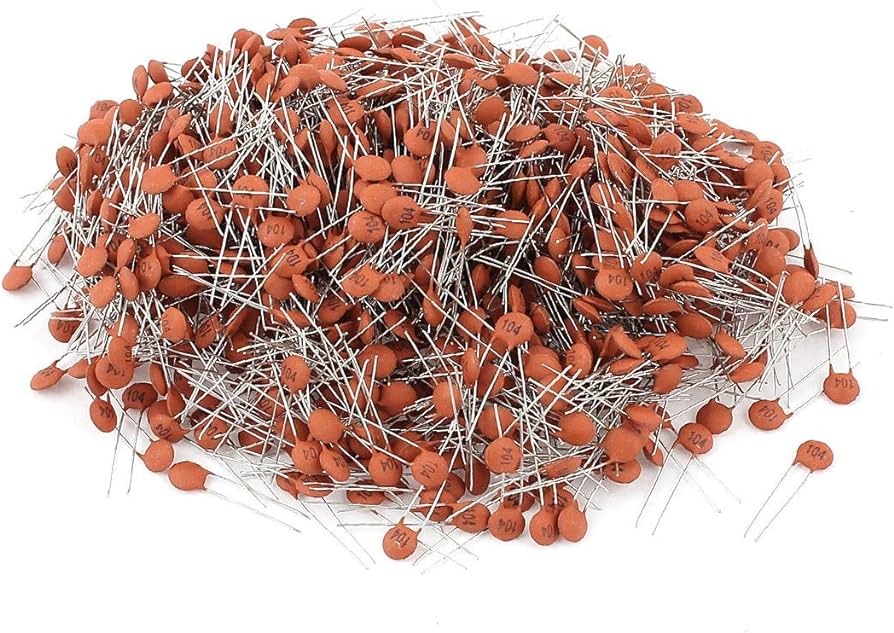
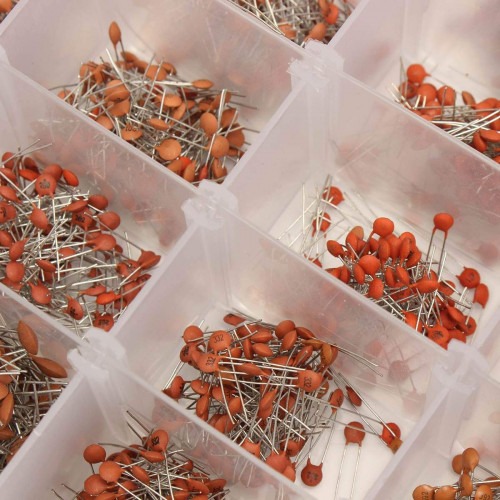

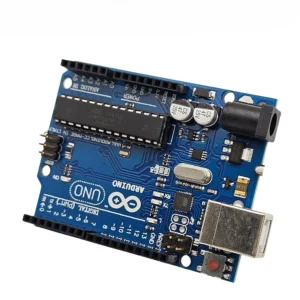
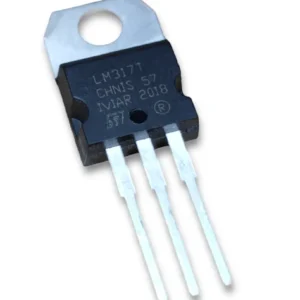
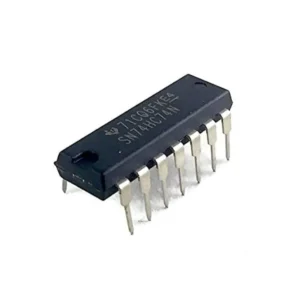
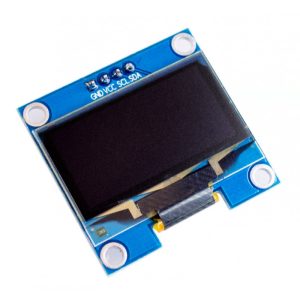
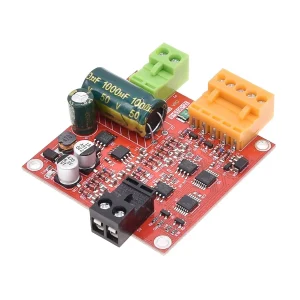
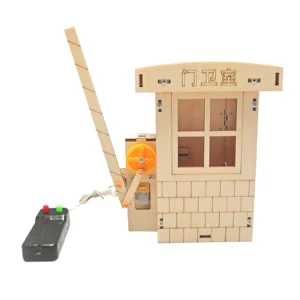
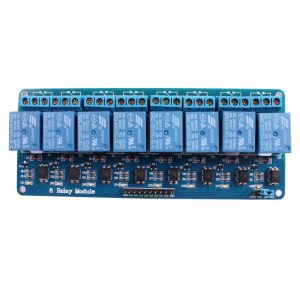
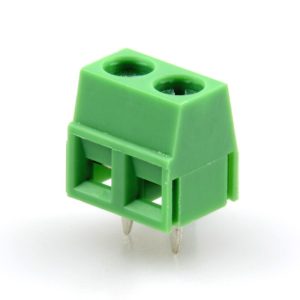
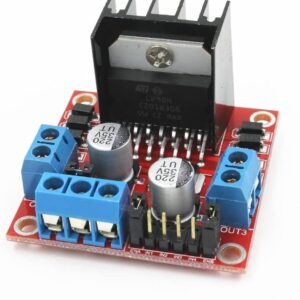
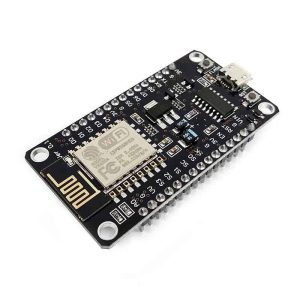

Reviews
There are no reviews yet